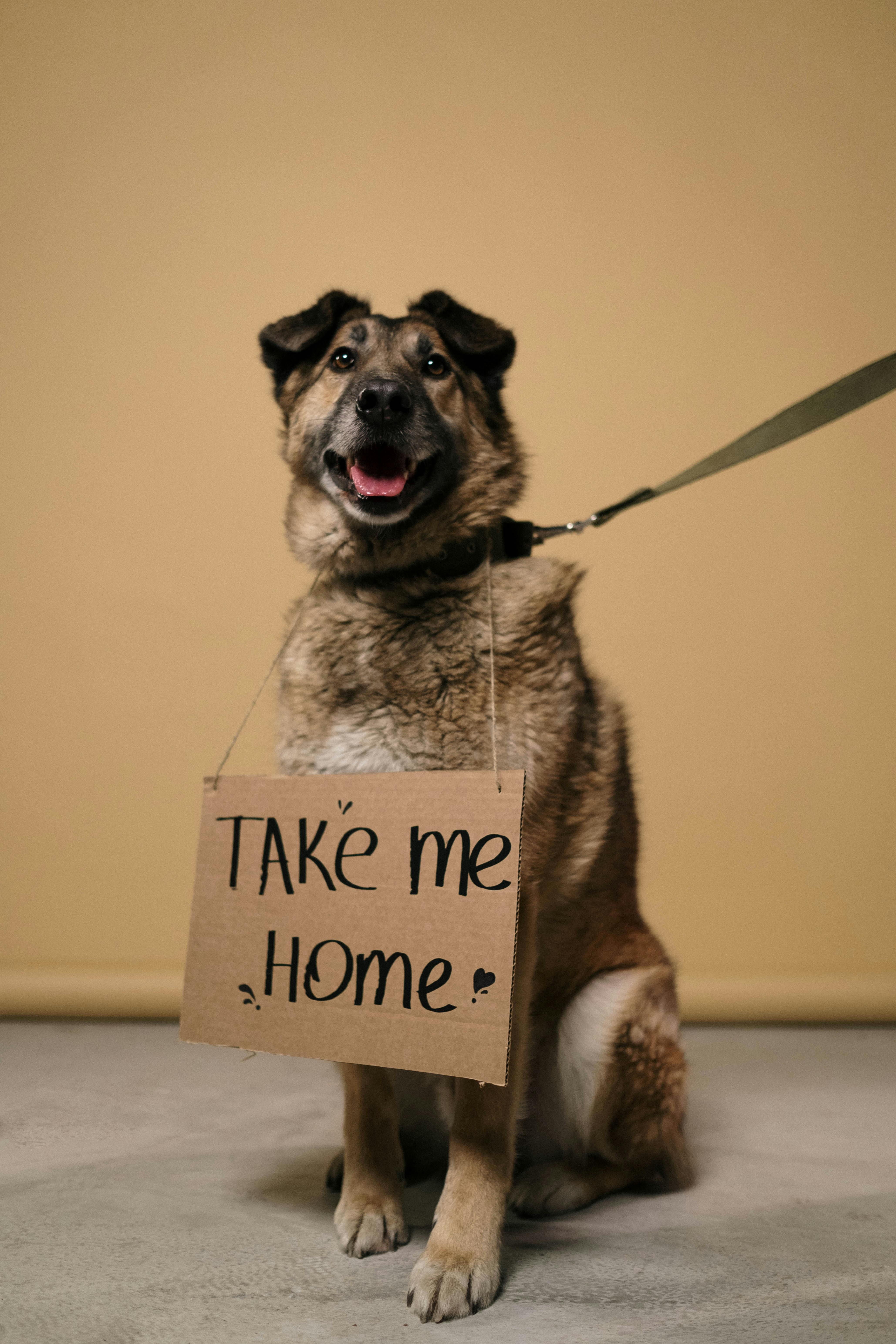Establishing a Consistent Home Routine After Adoption
Bringing a new companion home after adoption is an important transition that benefits from a clear, consistent routine. Establishing predictable feeding, exercise, and rest patterns helps reduce anxiety, supports behavior learning, and creates a foundation for long-term wellness and socialization.

Welcoming an adopted animal into your home starts with structure. A consistent routine helps pets feel secure, lowers stress-related behaviors, and supports health interventions like vaccination and microchipping. Begin by setting regular times for feeding, walks, play, and rest, and coordinate these around your household schedule. Routines also make it easier to track progress with telehealth check-ins, vaccinations, and shelter or veterinary follow-ups, and they provide a predictable environment that eases socialization and behavior adjustments.
How to support companion adjustment?
Create small, manageable steps to help a new companion settle. Introduce one room at a time, use a quiet area for the first nights, and provide familiar items from the shelter if available. Monitor signs of anxiety such as pacing, hiding, or changes in appetite and respond with calm, consistent reassurance. Gradual socialization around family members, other pets, and visitors reduces fear and builds confidence. If the pet came from a shelter, share history with your veterinarian to tailor a transition plan that may include short training sessions and environmental enrichment.
What nutrition and dentalcare schedule?
Establish a feeding schedule and stick to it for the first weeks to prevent digestive upset. Follow the shelter or adoption center’s guidance on current diet, then consult your veterinarian to create a tailored nutrition plan that considers age, weight, and health conditions. Schedule regular dentalcare practices, such as brushing when feasible and periodic dental checks, to prevent oral disease. Consistent meal times, portion control, and monitoring food intake help detect early signs of illness and contribute to steady behavior during training and daily routines.
How to structure exercise and enrichment?
Daily exercise and enrichment are essential to overall wellness and reducing unwanted behaviors. Plan consistent walks, play sessions, or indoor activity times that match your pet’s energy level—short, frequent sessions often work well for adopted animals. Enrichment can include puzzle feeders, scent games, and supervised exploration that encourages natural behaviors. Rotate toys and vary activities to prevent boredom. Consistent exercise supports digestion, dental health, and behavior goals, and helps reduce anxiety that can arise from sudden changes after adoption.
How to handle behavior and training?
Establish short, regular training sessions focusing on basic cues and positive reinforcement. Consistency in commands, rewards, and limits reduces confusion and accelerates learning. Observe behavior patterns to identify triggers and adapt your routine—if separation-related anxiety appears, introduce gradual departures and provide comfort items. Socialization with other animals and people should be gradual and controlled. If behavioral challenges persist, consult a qualified trainer or behaviorist and consider telehealth consultations for initial assessments and tailored strategies.
What grooming, vaccination, microchipping steps?
Create a grooming routine that includes brushing, nail checks, and skin inspections; start slowly and make sessions positive to build acceptance. Keep up with vaccination schedules recommended by your veterinarian and register microchipping information promptly to improve recovery chances if your pet is lost. Regular grooming also supports dentalcare by allowing you to check the mouth and teeth. Document dates for vaccinations, microchipping, and wellness checks to maintain an organized health record and facilitate continuity with local services in your area.
How to plan travel, safety, and seniorcare?
Plan for safe travel by selecting appropriate carriers, restraints, or harnesses and practice short trips to acclimate your companion. Review safety measures for the home—secure trash, block hazards, and create a quiet retreat for rest. Consider special routines for seniorcare pets, such as adjusted exercise, joint supplements after veterinary advice, and more frequent check-ins. Telehealth can support routine follow-ups or triage non-urgent questions, while local services and vets provide in-person care when needed. Keep emergency contacts and shelter or clinic details accessible.
This article is for informational purposes only and should not be considered medical advice. Please consult a qualified healthcare professional for personalized guidance and treatment.
Establishing a consistent routine after adoption creates predictability that benefits both the new companion and the household. Clear schedules for feeding, exercise, training, grooming, and healthcare help manage behavior, reduce anxiety, and support long-term wellness. With patience and steady habits, most adopted animals adapt well and integrate into family life, creating a stable environment that supports their physical and emotional needs.





